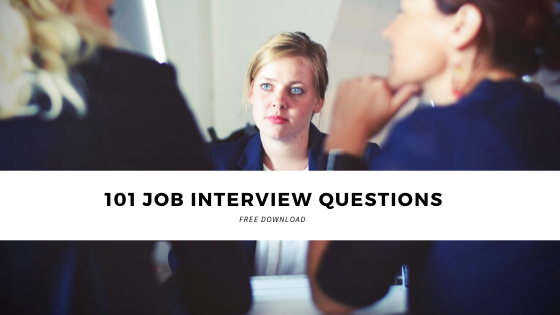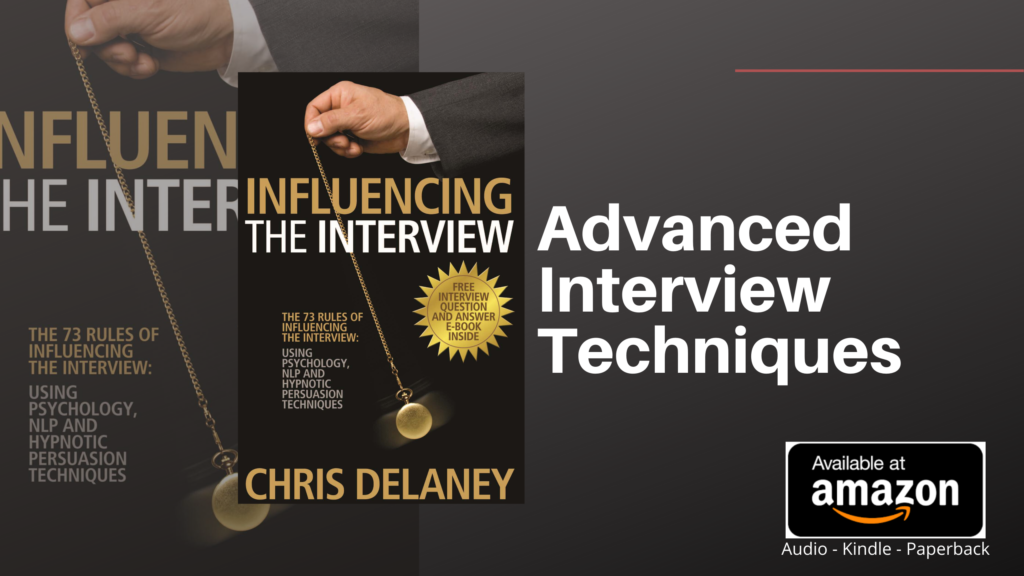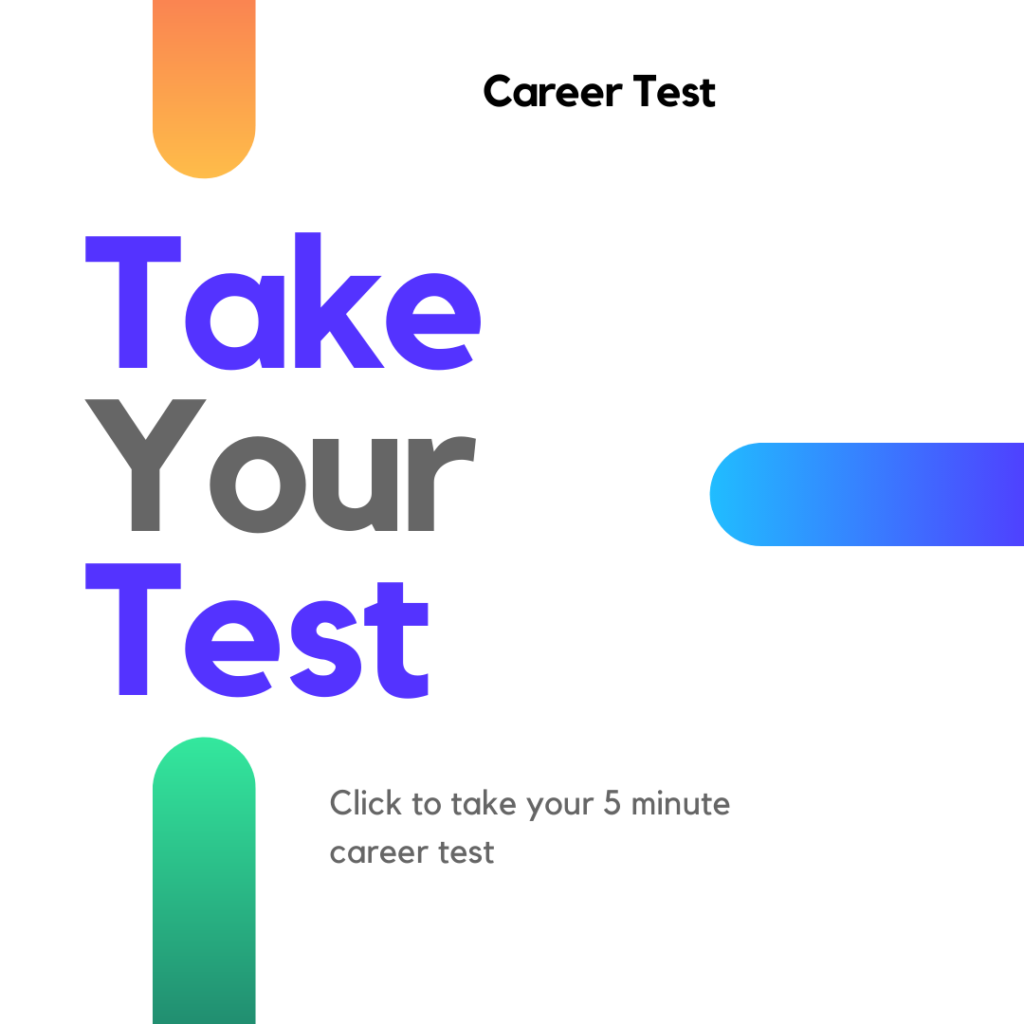The structured interview process is the principal intervention to make a decision on which applicant to offer an advertised position to. It is the asking of standardised questions of job-relevant criteria and a numerical scoring mechanism of the interviewees answers that results in the assumption that the best candidate is offered the advertised role.
The structured interview is seen as ‘fair’ as candidates are individually scored on each interview question, which is asked by the same interviewer(s) in the same order. The scores allocated for each answer is rated, as an example, between 1-4; 1 = negative, 2 = good, 3 = effective, 4 = expert, with each employer having their own numerical scoring system.
The rationale for the structured job interview is that interviewees will answer questions by giving information relevant to the advertised job role. This relies on the applicant being able to identify the job criteria. Being able to identify criteria and embedding the stated criteria into the job interview answer should, in most cases, result in either a 3 = effective or 4 = expert scoring, spending on your level of knowledge/experience. Research has shown that the ability to predict job criteria, therefore having a high level of sector knowledge/experience, accurately predicts job performance (the objective of the job interview process), compared to when the criteria is explicit prior to the job interview.
‘Giving too much away’ prior to the job interview, in terms of explicitly explaining the job criteria, allows an interviewee to prepare an ‘expert’ answer even if their industry knowledge/experience is low. Evidence shows that sharing job criteria prior to the interview start makes it more difficult for interviewers to accurately predict a potential employees job performance during a job interview, as the ‘expert’ interview answers are in contrast with their actual level of knowledge/experience.
It has been argued that in the job interview, the interviewee presents the ‘best’ version of themselves. This distinction between the ‘best’ version of an applicant and actual performance once employed has an impact on the organisation’s output. As an example, job interviews often test people’s potential ability (knowledge/expertise not their characteristics IE work ethic, time keeping, etc). The structured interview, therefore, is asking candidates what they are ‘likely’ to do, not what they will ‘actually’ do once employed.
What employees ‘actual’ do in the workplace comes down to their level of motivation. In ‘real-life,’ rather than the fictional scenario discussed in a job interview, the employee makes choices which affects output. Choice could include effort, acting on distractions, responding to external forces IE the characteristic or mood of a manager. In the job interview though, the applicants answers are based on their competencies, framed as ‘typical’ day to day approaches but answers are often examples of the candidate performing at their best.
To counter the distortion created by interviewees presenting a high performing examples, some recruitment campaigns hold all-day interviews which include structured interviews, assessments (to test knowledge/experience) group work activities and informal discussions (to view temperament), with the idea that an applicant, due to the duration of the day, will show their ‘real’ selves and therefore the interviewers can see the candidate as they would act/perform once employed.
Here we see another problem when searching for the ‘best’ applicant. All day interviews often include a ‘teamwork’ or ‘problem-solving’ activity to view characteristics. In a job interview, applicants are highly motivated to act outside their ‘typical’ working style as the ‘activity’ will be for a short duration allowing the interviewee to put in a high amount of ‘energy’ and ‘effort’ which, in a typical working day, wouldn’t be sustainable. In this sense interviewers view applicants at their best, not their norm.
The applicant’s job interview level of confidence can also alter reality. Some ‘high level of confidence’ candidates will use the interview activity to showcase their abilities – actively promoting themselves, whereas a ‘low level of confidence’ interviewee, with the same level of knowledge/expertise will unconsciously self-disclose weaknesses and conform with other, more confident, applicants in team tasks.
Temperament also affects the employers perception of the interviewee, especially the extrovertism and introvertism trait. These two characteristics have nothing to do with confidence, rather it’s about being ‘expressive’ or ‘reserved.’ In team tasks, the expressive individual feels at home as they gain ‘energy’ from interacting with others and thus appear confident, which can help them to stand out in the interview activity. Reserved individuals will think before talking and can be viewed, by some, as being less confident than their extrovert counterpart. This ‘thinking’ before speaking can benefit the introvert in the structured interview as they way-up their answer before replying, ensuring that each answer is relevant to the job criteria. Extroverts, who will often ‘speak’ before they ‘think’ and can, at the worst, interrupt an interviewer or answer without truly understanding the meaning of the question.
All interview formats create a stressful environment making it difficult to see the interviewee as they would ‘typically’ act in the workplace. Some applicants respond well to the ‘challenge’ of a job interview, whereas others act uncharacteristically, due to the stress of the situation. The only way to view an employees typical workplace behaviour is to evaluate an employee when they don’t realise they are being observed. For a recruitment campaign this is an impossible scenario.
It is clear then that the more a confident applicant understands the job criteria and therefore gives high scoring answers, the more successful they will be in a job interview, but not always in the job itself. It is for the interviewer, not the interviewee, to create an interview process that uncovers the applicants work ethic, motivation level, knowledge/expertise as well as to understand which interview answer is based on their maximum performance, and to question the interviewee to understand the applicants ‘typical’ work based behaviour.
The interviewee has one goal; to be seen as an authentic and strong applicant. With a subgoal if deciding if the organization is one they want to work for. As you will learn, to be seen as authentic and strong, the candidate needs to show high levels of knowledge/experience and high levels of confidence.
Job Interview Advice







